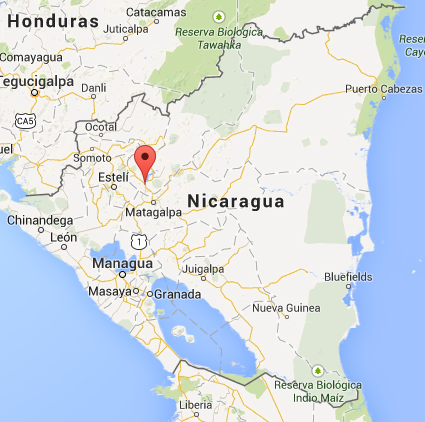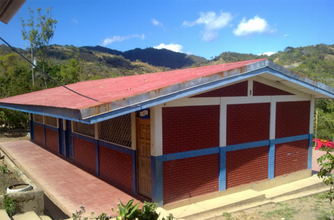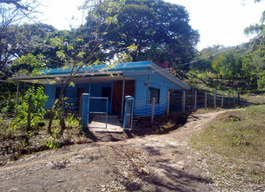El Naranjo, Nicaragua
![]()
![]()
![]()
![]()
![]()
![]()
![]()
![]()
![]() Click on Programs to learn more about their work in this community
Click on Programs to learn more about their work in this community
General Information

| Population* | 750 |
| Number of Houses | 175 |
| Avg # of people per home | 4.3 |
| Number & Percentage of Children |
0-5: 85 children, 11% 6-14: 166 children, 22% |
| Electricity | Yes, government-supplied |
| Location | TBD |
| Municipality | Jinotega |
| Department | Jinotega |
| Health Center | Yes, in good condition |
| Distance from compounds | Approx. 1.5 hours |
| Road conditions | Excellent |
* Population does not reflect how many patients will be seen on Medical
Brigades as many people from surrounding communities come seeking
Medical Brigades medical attention.
Top Three Needs Expressed
The top needs expressed in the community are for the construction of latrines or hygiene stations, increased number of brigades in the community, and for the construction or reconstruction of houses.

El Naranjo has one large school building in the community, in which 231 primary students attend as well as one smaller classroom in which 68 secondary students are taught. In addition, 132 other students attend a secondary school on the weekends, as they have to work during the week. As this community is centrally located, many students travel from nearby communities. The specific needs expressed related to education are for the construction of a pre-school classroom, the construction of a kitchen where lunchs can be cooked for the students, and for a school library.
Nicaraguan's government-sponsored Social Investment Fund Programme (FISE) built a gravity-pump water system 5 years ago that provides water to all homes all times of the day. The system operates from a drilled well from which an electric pump brings water to the highest point in the community. The water then flows to homes using gravity. The operational and maintenance expenses as well as for the cost of electricity are covered by families and by a community savings fund.
Service fees to run the water system are paid for per cubic meter of water (1 mt3 = 1,000 liters of water), with the cost of one cubic meter of water valued at approximately $0.40. On average, families consume 6 cubic meters of water each month.
El Naranjo has a health center constructed 12 years ago by the Nicaraguan Government through the Social Investment Fund Programme (FISE). The health center has 3 consultation rooms, a waiting room, and a pharmacy. However, the main obstacle is that most of the year there are not enough medical personnelle to staff the health center. There are also very limited medications and necessary medical supplies.
Normally, the health center is staffed by one nurse one day a week.

El Naranjo is located in the dry, mountainous region of Jinotega in Northern Nicaragua, where the main source of income is through the production of basic grains and beans. A small percentage of families also raise livestock.
Most houses in the community are constructed from wooden pillars, stones, bamboo, and dirt.
The only other non-governmental organization working in the community is AVODEC. AVODEC benefits the community through the provision of planting seeds, agricultural supplies, and technical assistance in farming.
The original name of this community is San Sebastian de Los Naranjos, named by the people who first lived there around 104 years ago.
Other communal buildings in the community include two evangelical chapels, a communal meeting building, and a catholic church.